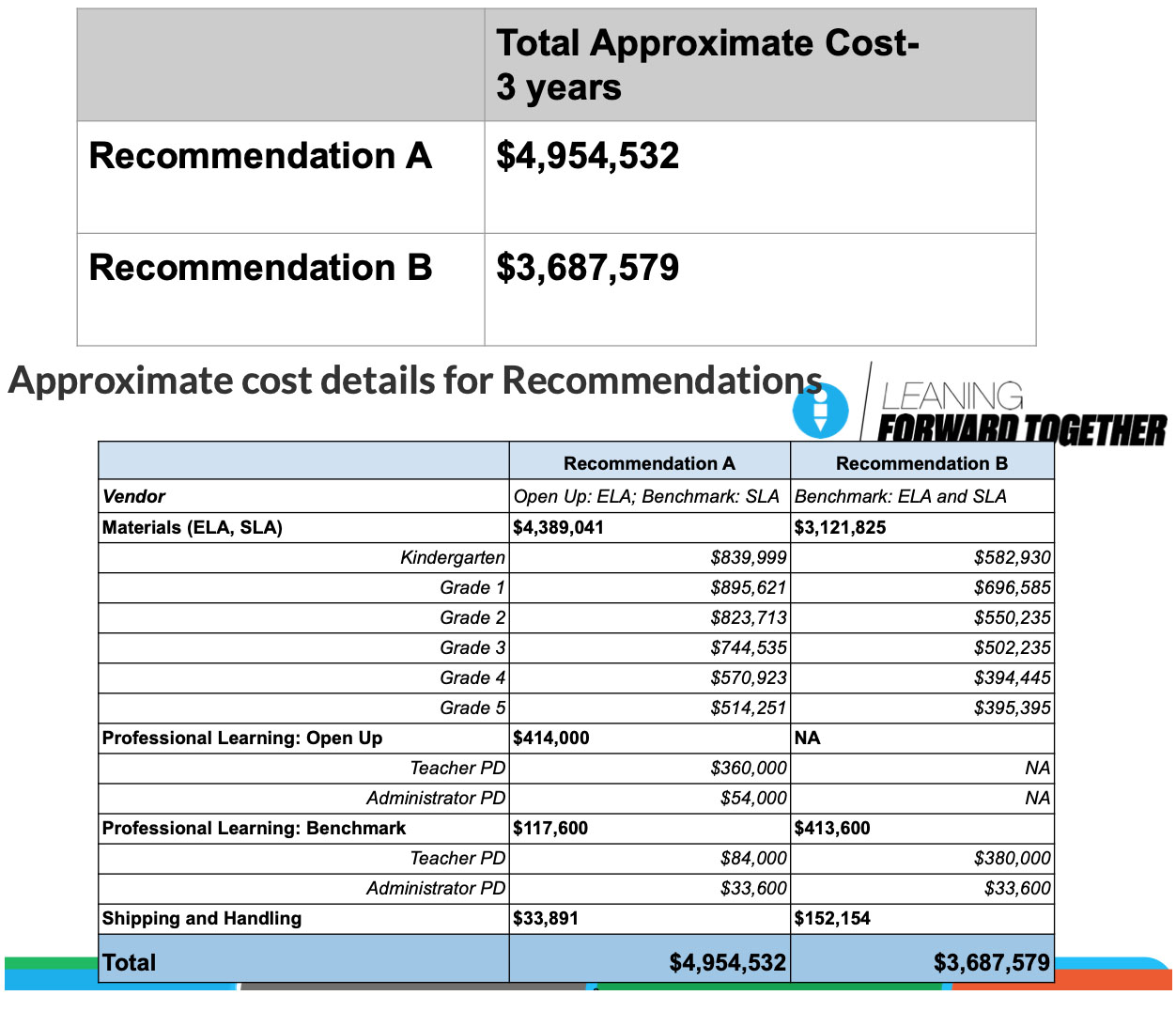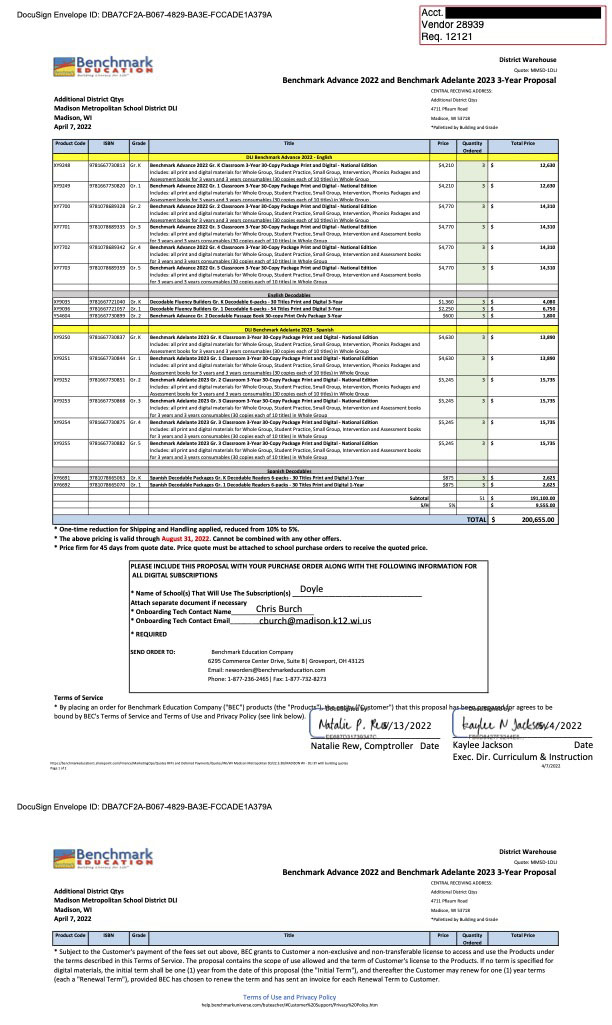Scott Girard and Jessie Opoien:
The results, as Vos mentioned, have been poor. Reading and math scores on what’s known as the Nation’s Report Card dropped across the country last year, including in Wisconsin, where the gap in scores between Wisconsin’s Black and white students is the highest of any state, with only Washington, D.C. having a wider “opportunity gap.”
“When you look at the scores in Wisconsin, especially the gap between the races, it’s just unacceptable,” said Rep. Joel Kitchens, R-Sturgeon Bay, who will lead the Assembly education committee during this legislative session. “We have to do better, and we started to try to address it (in the last session). The governor vetoed that bill.
“But we really, really need to be able to work together, because I don’t see how we can address it if we don’t know that the governor is going to agree to what we do. So, I’m really hopeful we can for once work together on that.”
Kitchens was referring to a bill that would have significantly increased the number of literacy tests students must take and required the development of personalized reading plans for students deemed an “at-risk” reader. In his veto message, Evers said the bill didn’t provide adequate funding for its mandates.
“I want to go back and rehash that and say, ‘Why’d you veto this? What was the tweak that you need, right, or how can we make it better?’” Vos said of the proposal.
Republicans and those pushing for “reform” often focus on school choice, whether that’s voucher funding, charter schools or open enrollment opportunities. Public school advocates contend those options siphon money out of the public schools that need it.
To those advocates, the focus should be on making up for the past 14 years in which school spending increases were not tied to inflation — like they had been previously. If they had been, districts around Wisconsin would have been able to spend an additional $3,000 per student this school year.
The data clearly indicate that being able to read is not a requirement for graduation at (Madison) East, especially if you are black or Hispanic”
My Question to Wisconsin Governor Tony Evers on Teacher Mulligans and our Disastrous Reading Results
2017: West High Reading Interventionist Teacher’s Remarks to the School Board on Madison’s Disastrous Reading Results
Madison’s taxpayer supported K-12 school district, despite spending far more than most, has long tolerated disastrous reading results.
“An emphasis on adult employment”
Wisconsin Public Policy Forum Madison School District Report[PDF]
WEAC: $1.57 million for Four Wisconsin Senators
Friday Afternoon Veto: Governor Evers Rejects AB446/SB454; an effort to address our long term, disastrous reading results
Booked, but can’t read (Madison): functional literacy, National citizenship and the new face of Dred Scott in the age of mass incarceration.
No When A Stands for Average: Students at the UW-Madison School of Education Receive Sky-High Grades. How Smart is That?

 PDF document
PDF document
 PDF document
PDF document
 PDF Document
PDF Document